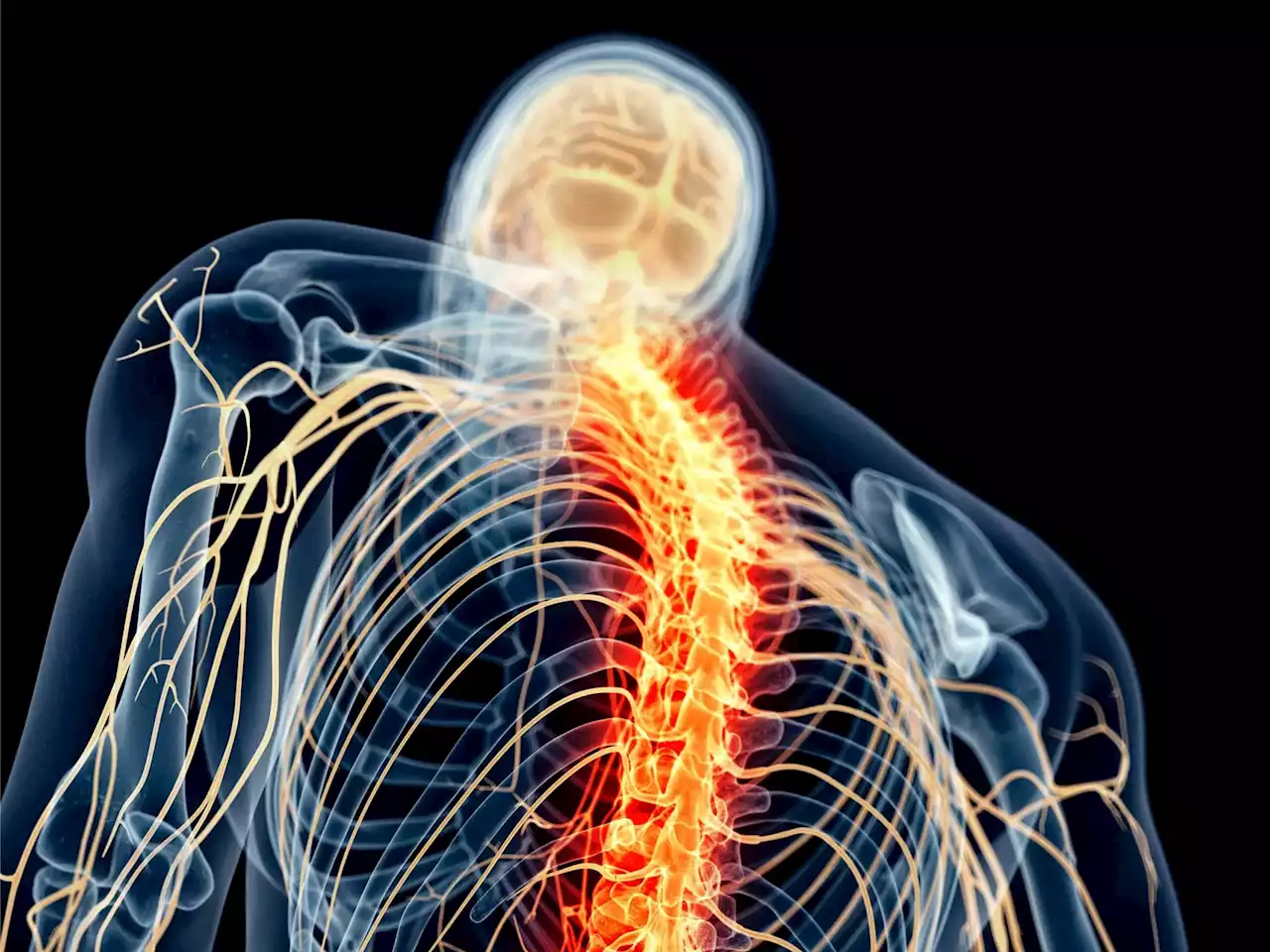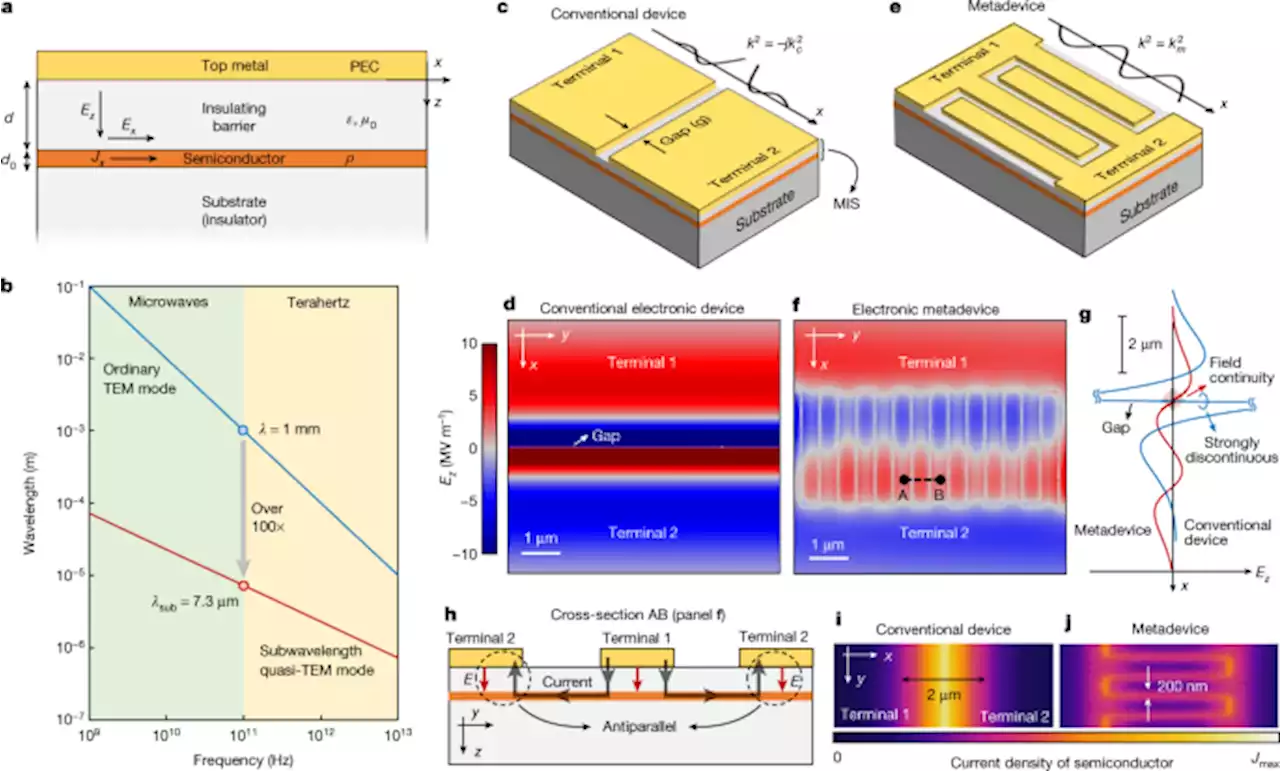A study published in the medical journal Nature on Monday found that targeted electrical pulses delivered to the spinal cord can help improve arm and hand movement after a stroke.
published in the medical journal Nature on Monday found that targeted electrical pulses delivered to the spinal cord can help improve arm and hand movement after a stroke.
Two patients were able to regain additional motion in their arm and hand through a device implanted at the base of the spine, which delivered pulses in areas responsible for hand and arm function. The patients were able to regain temporarily the ability to grab and move objects, when they had been previously unable to do so, by strengthening signals to the brain that enable movement."We're not bypassing their control.
The participants were able to maintain lasting improvements to their motor function for four to five weeks after the cord stimulation devices were removed, according to the study. Data shows that one in four people globally will suffer from a stroke in their lifetime, and nearly three-quarters"will exhibit lasting deficits in motor control of their arm and hand that cause enormous personal and societal impact," according to the study.
With nearly 1.5 billion people experiencing stroke-induced motor impairment, scientific developments that improve arm and hand function could help improve overall quality of life for a significant number of people — but the experiment will need to be replicated with a larger group to see which stroke patients could best benefit from this kind of treatment.
Canada Latest News, Canada Headlines
Similar News:You can also read news stories similar to this one that we have collected from other news sources.
 Instant Improvement in Arm Mobility Following Stroke With Spinal Cord StimulationA neurotechnology that stimulates the spinal cord instantly improves arm and hand mobility, enabling people affected by moderate to severe stroke to conduct their normal daily activities more easily, report researchers from the University of Pittsburgh and Carnegie Mellon University today (February
Instant Improvement in Arm Mobility Following Stroke With Spinal Cord StimulationA neurotechnology that stimulates the spinal cord instantly improves arm and hand mobility, enabling people affected by moderate to severe stroke to conduct their normal daily activities more easily, report researchers from the University of Pittsburgh and Carnegie Mellon University today (February
Read more »
 Zaps to the Spinal Cord Improved Patients’ Paralysis After StrokeA new approach to paralysis could be transformative for stroke survivors. “Every day was just blowing us away.”
Zaps to the Spinal Cord Improved Patients’ Paralysis After StrokeA new approach to paralysis could be transformative for stroke survivors. “Every day was just blowing us away.”
Read more »
 Spinal cord stimulation let 2 people with paralysis move their armsA woman paralysed by stroke was able to eat independently for the first time in 9 years after regaining partial arm movements due to spinal cord stimulation
Spinal cord stimulation let 2 people with paralysis move their armsA woman paralysed by stroke was able to eat independently for the first time in 9 years after regaining partial arm movements due to spinal cord stimulation
Read more »
 Spinal stimulation can improve arm and hand movement years after a strokeTwo stroke patients regained control of a disabled arm and hand after researchers delivered electrical stimulation to their spines, paving the way toward a medical device that could aid movement.
Spinal stimulation can improve arm and hand movement years after a strokeTwo stroke patients regained control of a disabled arm and hand after researchers delivered electrical stimulation to their spines, paving the way toward a medical device that could aid movement.
Read more »
 A Stroke Paralyzed Her Arm. This Implant Let Her Use It AgainElectrical stimulation applied to the spinal cord temporarily restored arm and hand movement in two patients.
A Stroke Paralyzed Her Arm. This Implant Let Her Use It AgainElectrical stimulation applied to the spinal cord temporarily restored arm and hand movement in two patients.
Read more »
 Electronic metadevices for terahertz applications - NatureThrough microscopic manipulation of radiofrequency fields, a new class of compact terahertz devices is proposed, setting the stage for next-generation ultrafast semiconductor electronics.
Electronic metadevices for terahertz applications - NatureThrough microscopic manipulation of radiofrequency fields, a new class of compact terahertz devices is proposed, setting the stage for next-generation ultrafast semiconductor electronics.
Read more »
